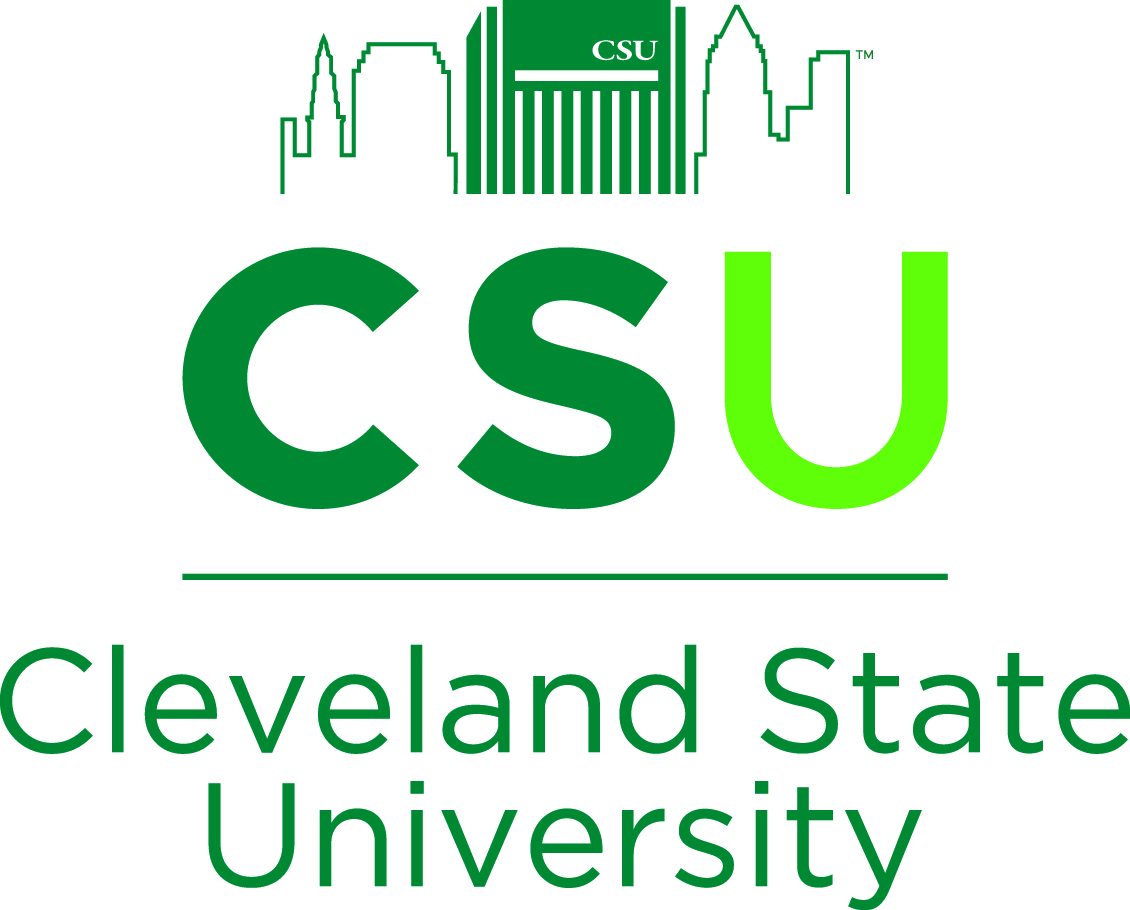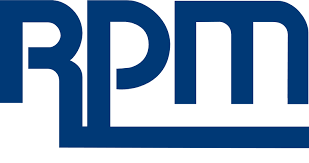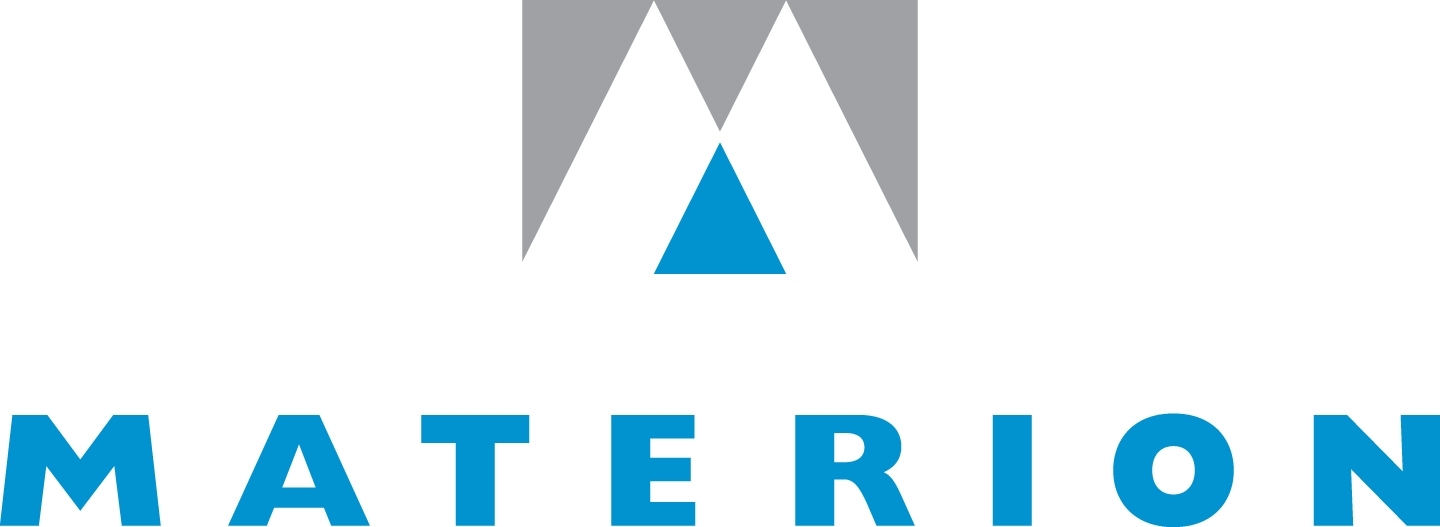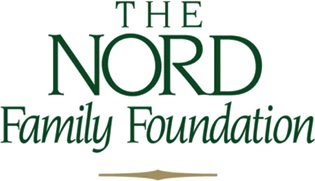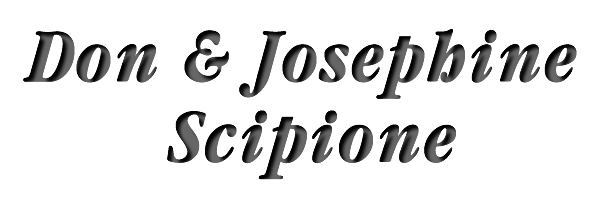How to Organize Your School’s Science Fair
Organizing a school science fair can be a daunting task but it is a rewarding one when you see the children’s projects & observe what they have learned. When you develop science projects you are utilizing your science curriculum objectives from the State. The following steps will hopefully ease your work.
- At the beginning of the school year, Aug. or Sept., have a meeting with all the science teachers at school to discuss your objectives. Set a one weeks block of time in January or February for your fair. It should be at least one month or more before the NEOSEF fair. Plan where in the school you will hold the fair. Pick a company from which to order your boards & headings.
- Meet with your principal, custodian, librarian &/or physical education teacher to set the date on the school calendar so it won’t interfere with any other school function. Talk with your custodian concerning the number of tables, chairs, & electrical cords that you will need.
- Prepare a letter to be sent to the parents & returned with their signatures & date on it. Example for you are forms one & two following these recommendations. It is important to have your principal’s support. At this time explain to the students that a science project is a requirement & is part of their grade.
- Next you can pass out any Internet resource websites so the students can get started on their own. Also at this time it is a good idea to explain to the students about plagiarism.
- If you have time it would be a good idea to make your division signs for the fair. We have nine divisions in every two grades at NEOSEF. This saves time later in the year & the sturdier the signs the longer they last & can be used over again.
- All of the above can be done in Aug. &/or Sept. to lessen your load later in the year.
- In JANUARY you need to contact the following organizations to ask for judges: NEOSEF, CRCST, Ohio Section of the American Association Of Physics Teachers, Ohio Section of the American Chemical Society, CTSC (Cleveland Technical Societies Council), your administration, teachers, & parents until you get enough commitments.
- Order the boards & titles now.
- Next work on prizes for the winners. You may want to ask your principal if they can contribute something along with donated prizes from businesses whatever you can get but NO MONEY.
- Work on getting assistants to help you at the fair, volunteer parents, students, teachers. Set up your tables, chairs, signs, etc. on Fri afternoon or Monday morning. On Monday have forms nos. 3&4 ready for your volunteers &/or teachers. You need at least one form no. 3 for each division & grade level & on form no. 4 one section for each student. You can have the teachers fill out form 4 in the classroom to help facilitate the registration when the classes come in BUT DON’T have the teachers fill in the project number or category nor the students name. When the students register have a volunteer take them to their assigned grade level & division & place their project at that spot.
- Whether you use Mon. to register your students or Tues. then make the next day the judging day. You have already told the judges the times they can arrive & your students should be at their projects so the judges can interview them. Each judge can judge between 10-20 projects depending on their experience. Give them forms no. 5&6. Explain the criteria & procedure. You should try & have each project judged three times for a good average. No. 5 form is graded for a 100 point system then each teacher can convert the grade to their own system for the class grade. When the judges are finished you can put the results for each student next to their name on form 3 this helps you to tally up the three scores & the winner in that section at the end.
- Have some refreshments for the judges.
- The next day the classes can visit the projects to observe & critic them as an assignment while you tally up the scores & organize the winners. The white ribbon is for the participants that did not win a higher prize. Everyone does not receive a white ribbon. The other ribbons-blue, red, green & yellow are for first, second, third & fourth places in each division & grade.
- The next day is takedown & you can decide to distribute the ribbons in the individual classes or at an assembly. This can be done that week or the next week.
- Thank everyone that participated & helped you. Next start filling out the applications for the NEOSEF fair & work on improving the students projects.
- If you have any questions you can contact Joellen O’Neill at joellenoneill@att.net (216-481-1220) or Carl Jefferies Jr. at fljfljj@aol.com.
This list graciously provided by Joellen O’Neill, long time science teacher and science fair organizer.


